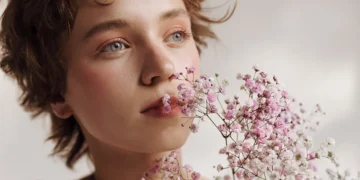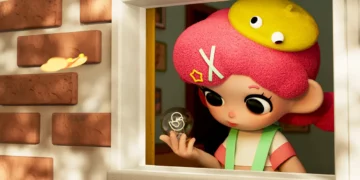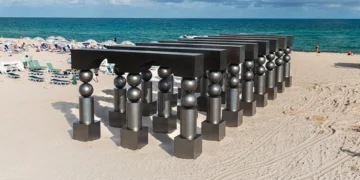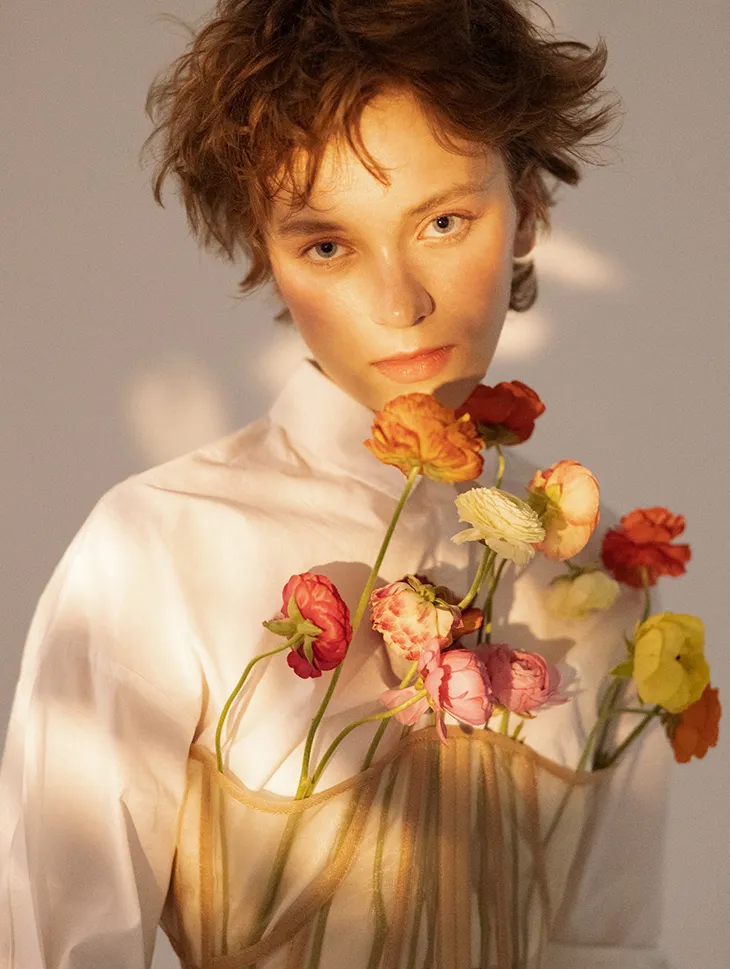
In contemporary design, where minimalism meets bold expression, flowers remain an essential medium for creating atmosphere, depth, and narrative. Far from mere decoration, they function as sculptural elements, color accents, and emotional catalysts within architectural spaces, fashion editorials, and curated installations. For design-conscious individuals who value intentionality and craftsmanship, sourcing blooms from a skilled local florist opens up new dimensions of creative possibility. The result is not just beauty, but a sensory experience that engages sight, scent, and touch in harmony with the built environment.
The integration of florals into design follows the same principles as material selection or lighting strategy. Each stem contributes to the overall composition, its form, hue, and texture interacting with surrounding surfaces and light sources. A cluster of structural alliums rising from a concrete plinth introduces organic rhythm into brutalist interiors. Delicate ranunculus floating in shallow glass vessels softens the geometry of mid-century modern furniture without disrupting its clean lines. These choices reflect an understanding that flowers are not passive. They actively shape spatial perception and emotional tone.
Principles of Floral Composition in Design
Successful floral integration relies on three core principles: scale, contrast, and cohesion.
- Scale: Match the size of arrangements to the space. A single oversized protea commands attention in a loft, while a series of bud vases creates rhythm across a long dining table.
- Contrast: Use texture and form to create tension. Spiky eryngium against soft peonies adds visual interest, while glossy monstera leaves provide a sleek backdrop for matte dahlias.
- Cohesion: Tie blooms to the existing palette. Pull accent colors from upholstery or artwork to ensure the arrangement feels intentional rather than added on.
These principles apply across disciplines. In fashion photography, a model draped in silk against a backdrop of cascading wisteria creates ethereal movement. In residential design, a sculptural branch of cherry blossom in a foyer sets a welcoming tone that evolves with the seasons.
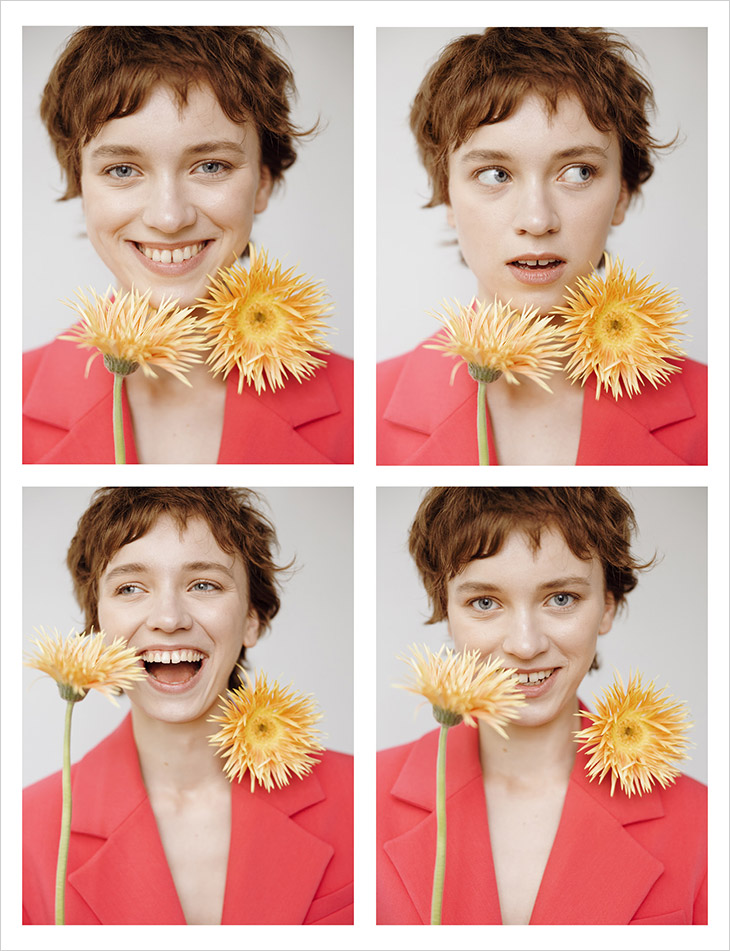
Selecting Blooms for Specific Design Narratives
Different projects demand different floral voices. A high-fashion editorial might call for dramatic, monochromatic arrangements of black calla lilies to emphasize line and shadow. An architectural showroom, by contrast, benefits from airy compositions of white phalaenopsis orchids suspended in acrylic cubes, highlighting transparency and negative space. Seasonal availability plays a key role. Spring tulips in soft pastels suit light-filled minimalist apartments, while autumnal amaranthus in deep burgundy complements rich, textured materials like velvet or walnut.
Texture drives much of the decision-making. Smooth, waxy anthurium reflects light in sleek modern kitchens, whereas fuzzy lamb’s ear adds tactile softness to rustic loft spaces. Scent, often overlooked in design contexts, becomes a subtle mood setter. Subdued fragrances from paperwhites work well in intimate settings, while bold jasmine fills larger volumes without overwhelming.
Technical Integration: Vessels and Mechanics
The container is as crucial as the bloom itself. Industrial concrete cylinders ground oversized tropical leaves in contemporary galleries. Hand-blown glass orbs allow stems to float weightlessly, ideal for fashion windows displaying delicate garments. Hidden mechanics ensure longevity. Floral foam, chicken wire, or kenzan frogs keep arrangements stable during photoshoots or events, preventing wilting under hot lights or air conditioning.
Lighting transforms floral installations. Backlighting turns translucent petals into glowing screens, while spotlights create dramatic shadows from structural stems. In architectural renderings, designers now incorporate floral elements digitally, testing scale and color balance before physical execution. This hybrid approach bridges traditional craftsmanship with modern technology.
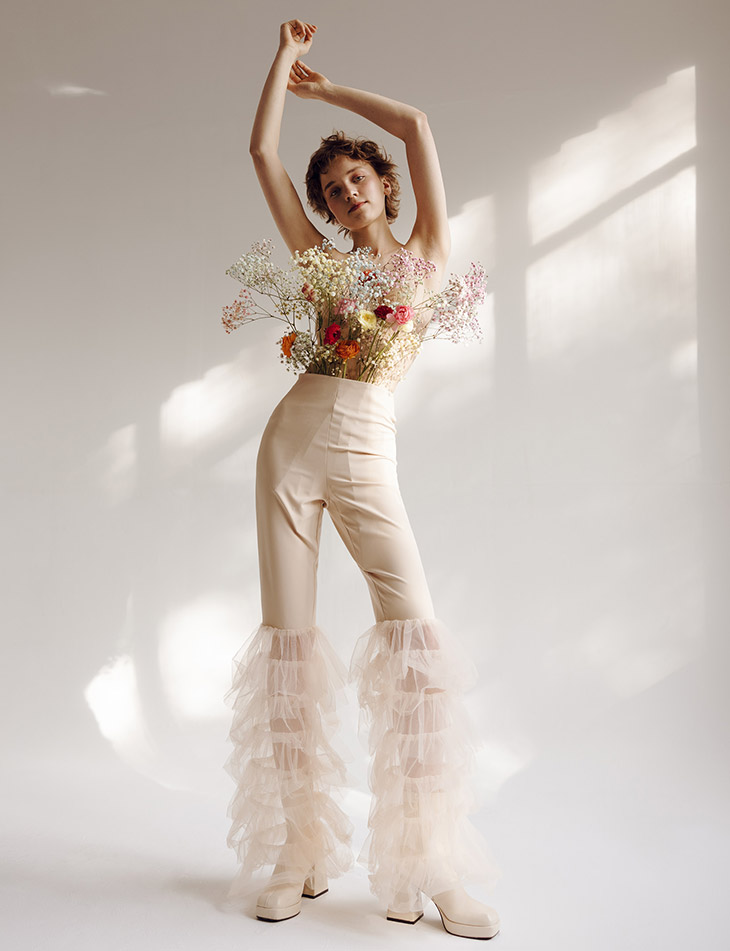
Practical Collaboration with Local Florists
Working directly with a local florist ensures access to peak-condition materials and custom solutions. Many now offer mood boards and 3D visualizations, aligning floral concepts with architectural plans or editorial briefs. Lead times vary: simple tabletop arrangements require 48 hours, while large-scale installations need two weeks for sourcing rare specimens.
Key questions to ask:
- What is in season locally to minimize carbon footprint?
- Can you provide structural support for suspended or wall-mounted designs?
- Do you offer post-event breakdown and composting services?
Sustainability has become non-negotiable. Zero-waste florists reuse vessels, compost organic matter, and source from local growers. Biodegradable foam alternatives and reusable mechanics reduce environmental impact without sacrificing design integrity.
You can find a florist near me through design directories or industry networks to connect with professionals who understand both horticulture and aesthetics. These partnerships yield arrangements that arrive fresh, structurally sound, and perfectly attuned to the project’s vision.
Future Directions in Floral Design
Emerging technologies expand possibilities. 3D-printed vessels with integrated water reservoirs allow gravity-defying arrangements. LED-integrated stems create nocturnal installations that shift color with ambient lighting. Biotechnology promises longer-lasting blooms and novel colors, though purists argue for the beauty of transience.
The core appeal remains unchanged. Flowers connect designed spaces to the natural world, reminding occupants of cycles, growth, and impermanence. In an era of digital saturation, their physical presence offers grounding and authenticity.
From runway to residence, studio to showroom, floral design continues to evolve as a sophisticated language of form, color, and emotion. The most compelling integrations treat blooms not as afterthoughts but as integral components of the design narrative, selected with the same rigor as furniture or finishes. When executed with precision and partnered with knowledgeable local florists, these living elements transform spaces into immersive, multi-sensory experiences that linger long after the petals fall.
Images from Bloom by Monika Jakimiuk – see full article here.
